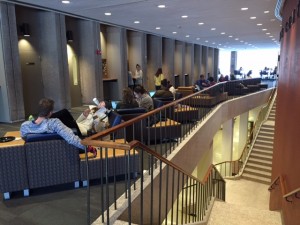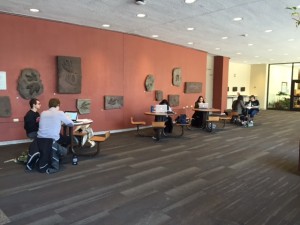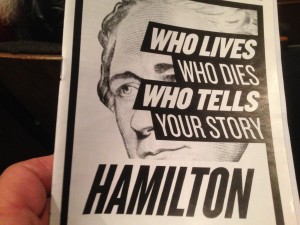Last weekend the Board of Trustees was on campus for the winter meeting. In various configurations members addressed issues relevant to the academic program and the campus, facilities and finances, and communications and alumni relations. There are just over 30 trustees, and they are dedicated to helping to steer the university through these sometimes daunting times of change.
One of the most important sessions was focused on a presentation led by students from the Committee for Investor Responsibility. They delivered an excellent analysis of why the university should divest itself of any direct holdings in coal companies, examining social, economic and ethical perspectives. My fellow trustees were very impressed with the thoughtfulness of the report and subsequent discussion. As it turns out, Wesleyan does not have direct holdings in coal companies, but the committee wanted to engage with the CIR, going beyond this specific issue to create an explicit framework for future decisions regarding investments.
The board passed a resolution to integrate a statement on ethical investment into its guidelines, recognizing the university’s “obligation to consider environmental, social and governance issues as part of its investment process.” Quoting from The Ethical Investor, the resolution instructs the Investment Committee to take into account social harm, “the injurious impact which the activities of a company are found to have on consumers, employees, or other persons, particularly including activities which violate, or frustrate the enforcement of rules of domestic or international law intended to protect individuals against deprivation of health, safety, or basic freedoms.” The resolution concludes that “in selecting external managers or considering direct investments, the Committee and staff will consider environmental, social and governance factors as part of their investment process.” I am so grateful for the CIR’s input into this process.
The Board also discussed (among other things) campus planning, support for research, possibilities for refinancing outstanding debt, the Wesleyan Student Assembly report on campus issues, fundraising for internships during the final year of the ‘This is Why’ campaign, and building a solar “farm” on a section of the Long Lane property.
Overall it proved to be a productive and energizing meeting that focused attention on challenges and opportunities and rallied support for Alma Mater.






